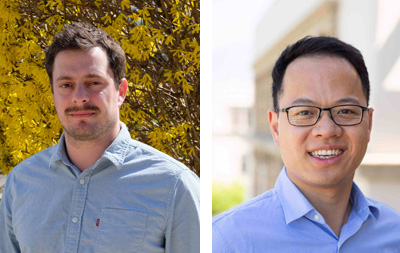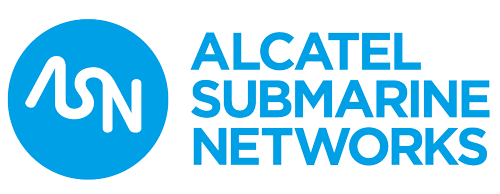This new topical conference from SSA invites DAS researchers in seismology, volcanology, hydrology, earthquake engineering and oceanography to discuss the latest research in DAS and other fiber-sensing technologies with applications in geosciences. One goal of the meeting will be to include members of the telecommunications industry, to learn more about the business aspects of cable management and discover how the scientific community can find common interest with these professionals.
Review a list of confirmed featured speakers and session topics for the meeting below:
View more program details below:
Submit an Abstract
SSA is now accepting abstracts (visit the submission page). All questions should be addressed to abstracts@seismosoc.org.
Co-chairs:

Ƶack Spica, University of Michigan
Zhongwen Zhan, California Institute of Technology
Meeting Contact: abstracts@seismosoc.org
Thank You to Our Sponsors







